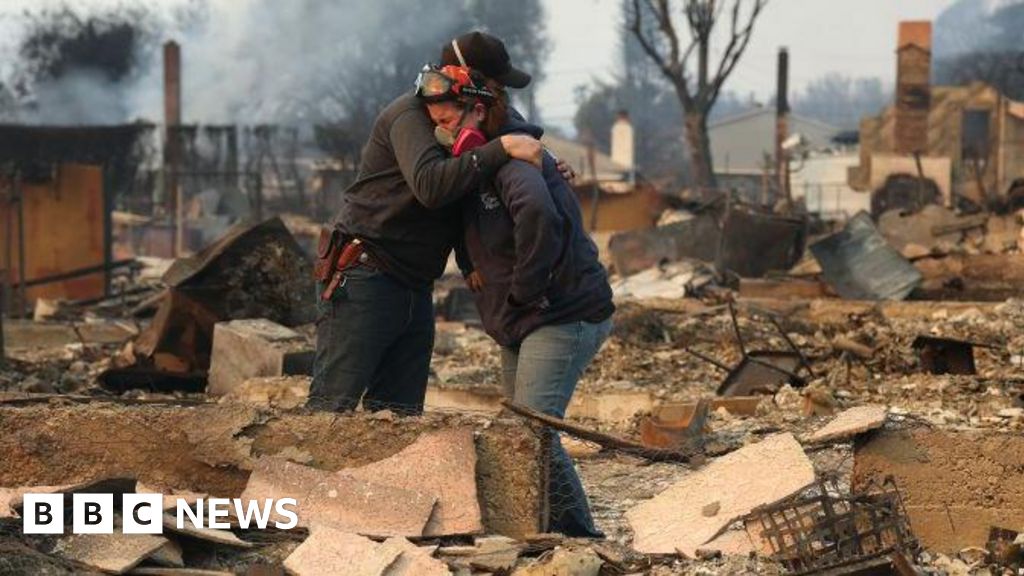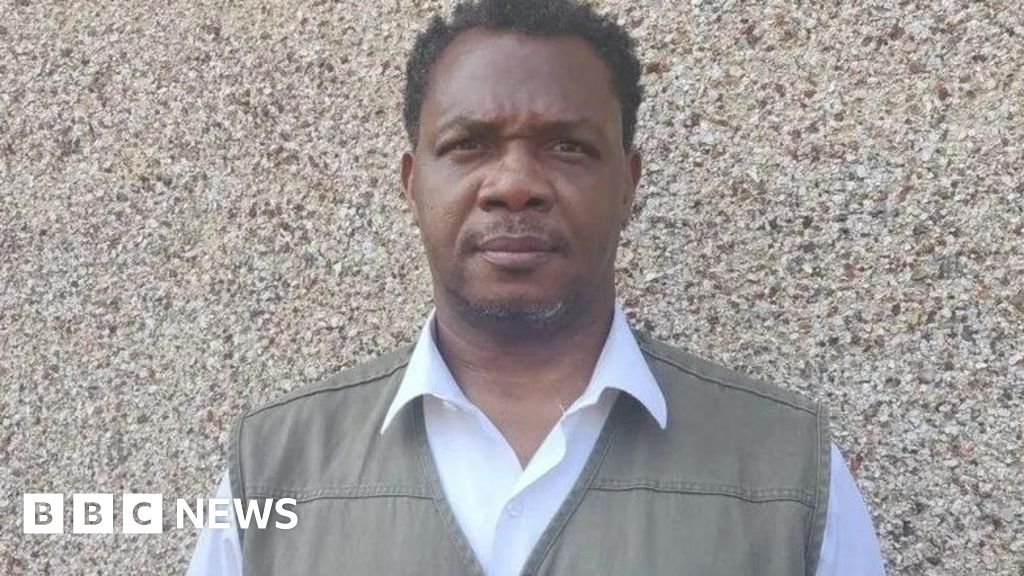Desperate villagers are digging through rocks and mud to rescue survivors and retrieve bodies as Papua New Guinea grapples with a landslide the UN fears has buried at least 670 people.
The collapse of a mountain side early Friday morning wiped out a bustling village in Enga province, with the damage extending for close to a kilometre, observers report.
Less than a dozen bodies have been recovered so far with efforts hindered by rubble 10m (32ft) deep in some places and a lack of adequate equipment.
Local media reported one couple being pulled alive from under rocks. They had survived as their home only caught the edge of the landslide's onslaught.
They were saved after rescue workers heard their shouts for help, the local NBC channel reported.
Prime Minister James Marape has expressed his condolences and ordered the country's defence force and emergency agencies to the area, about 600km north-west of the capital Port Moresby.
But locals in the affected Kaokalam village say they are still waiting for officials to step in with larger rescue operations.
A community leader who visited the site told the BBC locals felt they had been left to fend for themselves. They were using shovels and their bare hands to try and dig people out.
"It's been almost three to four days now but [many] bodies are not located yet. It is still covered by the landslide and people are finding it really hard to dig them out - they are calling for the government for support and help," Ignas Nembo told the BBC's Newshour programme.
However, a police official from the province told the BBC he had seen soldiers arrive at the scene and they were attempting to remove boulders to try and free those trapped.
Acting Provincial Police Commander Martin Kelei described these efforts as precarious - as removing car-sized boulders and other large barriers risked further rock slips.
"Digging is very hard at the moment because we're worried about further landslides and deaths - so local people are only digging from where they can see it is safe. We are trying to identify wherever we can see that people are buried," he said.
He has visited the site several times since Friday's collapse and claimed survivors could still be heard calling for help under the rubble.
It's feared the death toll could skyrocket when a clearer picture emerges of how many people are trapped under the rocks. About 3,800 people had been living in the area prior to the disaster.
Remaining residents are being evacuated as the region remains high-risk amid forecasts of further rain.
"The ground is also quite unstable at the moment and it is at risk of triggering further landslide," said Justine McMahon, the country co-ordinator of Care Australia, one of the humanitarian aid agencies on the ground.
"We've decided to stay out for now to allow the authorities time to properly assess the situation to conduct the rescue and recovery operations."
Earlier, an official for the UN's migration agency in the country had also described to the BBC the difficulties around the rescue.
Serhan Aktoprak from the International Organization for Migration said there were a number of challenges facing teams trying to recover bodies, including reluctance by some grieving relatives to let heavy machinery near their loved ones.
Instead, he said, "people are using digging sticks, spades, large agricultural forks to remove the bodies buried under the soil".
Debris from the landslide, which includes large boulders, trees and displaced soil, is up to 10m (32ft) deep in some areas.
More than 150 houses have been buried, and about 1,250 people have been displaced.
Crews at the scene also say rescue efforts are being hindered by major damage to the sole road leading to the town. The landslide has damaged a length of about 200m (650ft), Ms McMahon said.
Initial reports had put the death toll in the low hundreds but this jumped on Sunday after a UN revision, taking into account updated population numbers.
Locals have noted how the village in recent years had attracted people from other areas who had been displaced by tribal violence in the region.
The Mount Mungalo landslide occurred in the highlands of Enga, in the north of the island nation.
The Kaokalam village that was buried lies at the midpoint of the main road connecting the province's capital with a gold mine further north, known as the Porgera project.
This is run by a Canadian mining company, Barrick Gold Corporation, which restarted operations at the mine earlier this year according to shareholder reports.
Local officials and reporters have attributed the mountain's collapse to weeks of heavy rain and other wet conditions in the area.
Australia, one of Papua New Guinea's closest neighbours, has a long history of offering security and aid to the impoverished nation. Canberra had on Saturday quickly pledged to offer any help.
With reporting from Tiffanie Turnbull in Sydney
 (1).png)
 7 months ago
11
7 months ago
11


















